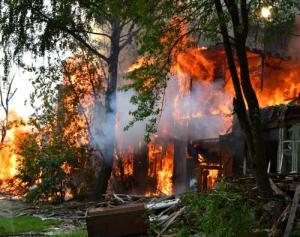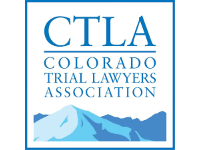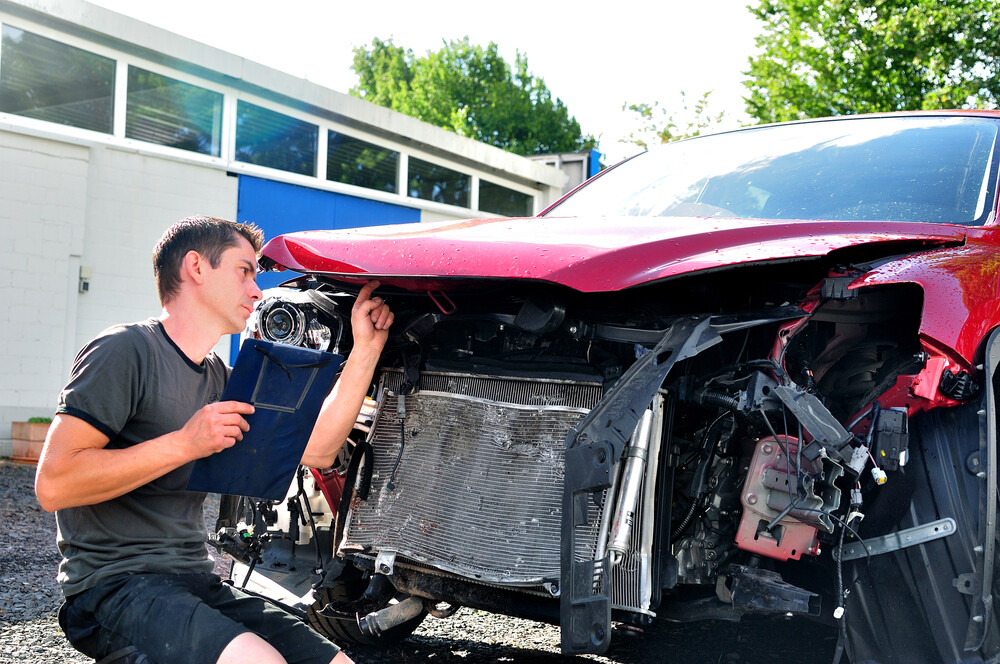
Call Us 24/7 For A Free Legal Consultation






To maximize your recovery, it is vital to understand Replacement Cost Value and the rights you have regarding Replacement Cost Value. Replacement-cost coverage is a property valuation method that says your policy will pay to replace your home, business and property belongings with items of “like kind and quality” at the current prices, and except for collectible items, will replace them with “new for old.”

Replacement Cost Value coverage is a policy condition you will need to determine if it was “endorsed” onto your policy. Not all insurance companies offer Replacement Cost Value. Or, if they do, it will likely cost you a little more than Actual Cost Value (“ACV”, often called and defined as “depreciated replacement value”) policy coverage.
Payment based on the Replacement Cost Value of damaged property is usually more favorable than Actual Cost Value since it compensates you for the actual and current cost of replacing, or if reasonable repairing, the damaged property. As an example, if your television is destroyed in a flood, a replacement cost policy will pay you for the full cost of replacing it with a new television of like kind and quality.
Here are some tips to help you recover the most money with your Replacement Cost policy:
If you need additional advise or counsel to help resolve issues like this or learning how insurance companies value personal injury cases, please feel free to contact Rector Stuzynski LLC at (719) 578-1106.
We serve clients charged with crimes or injured anywhere throughout the state of Colorado, but we focus on residents of these areas: Colorado Springs, Manitou Springs, Fountain, Briargate, Monument, Black Forest, Pueblo, Canon City, Larkspur, Security-Widefield, Peyton, Castle Rock, Teller County, El Paso County, Elbert County, Park County, Douglas County and beyond.
Consultations are always free and available 24/7 over the phone.